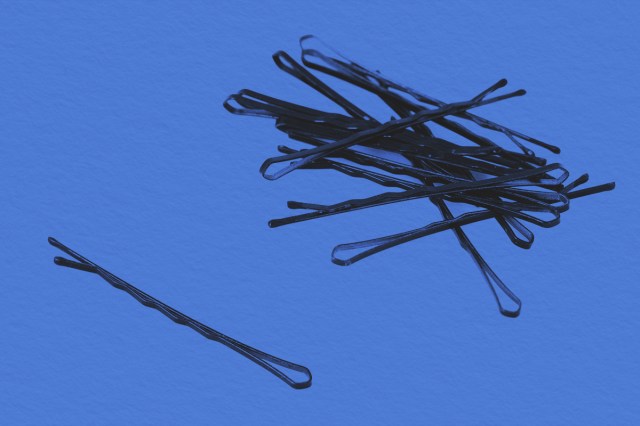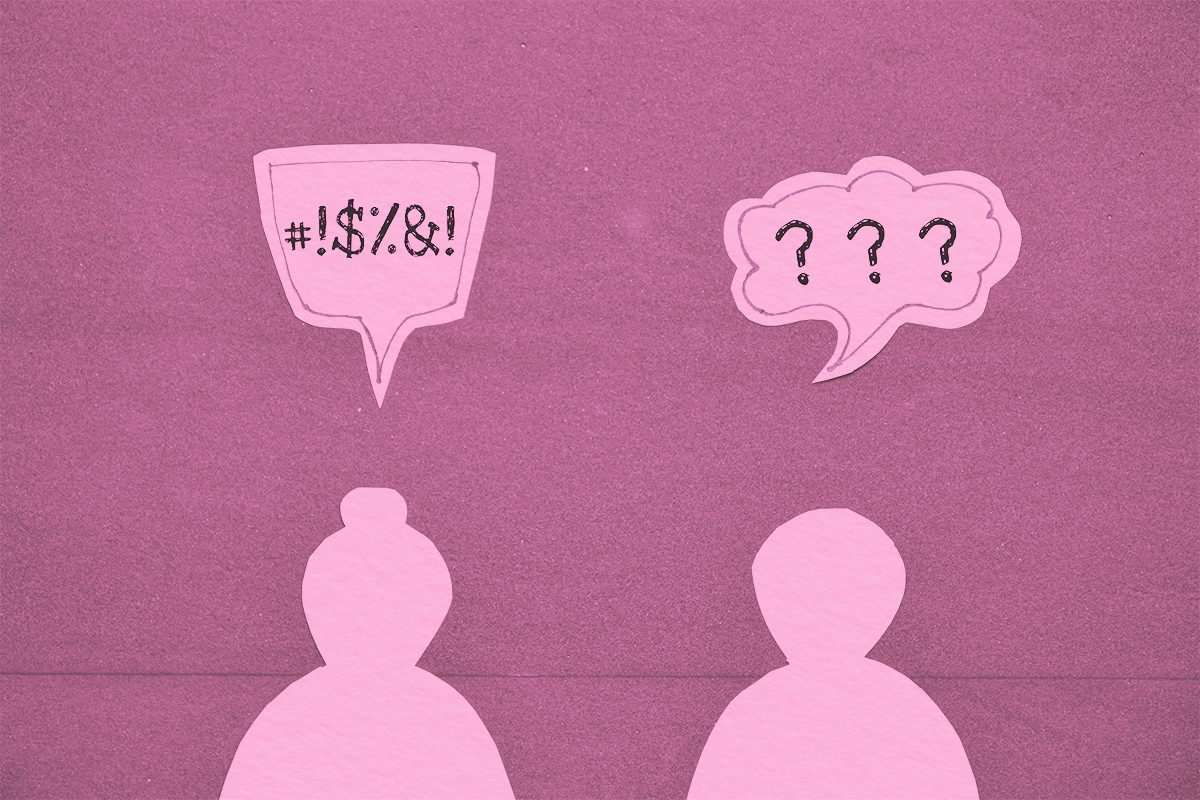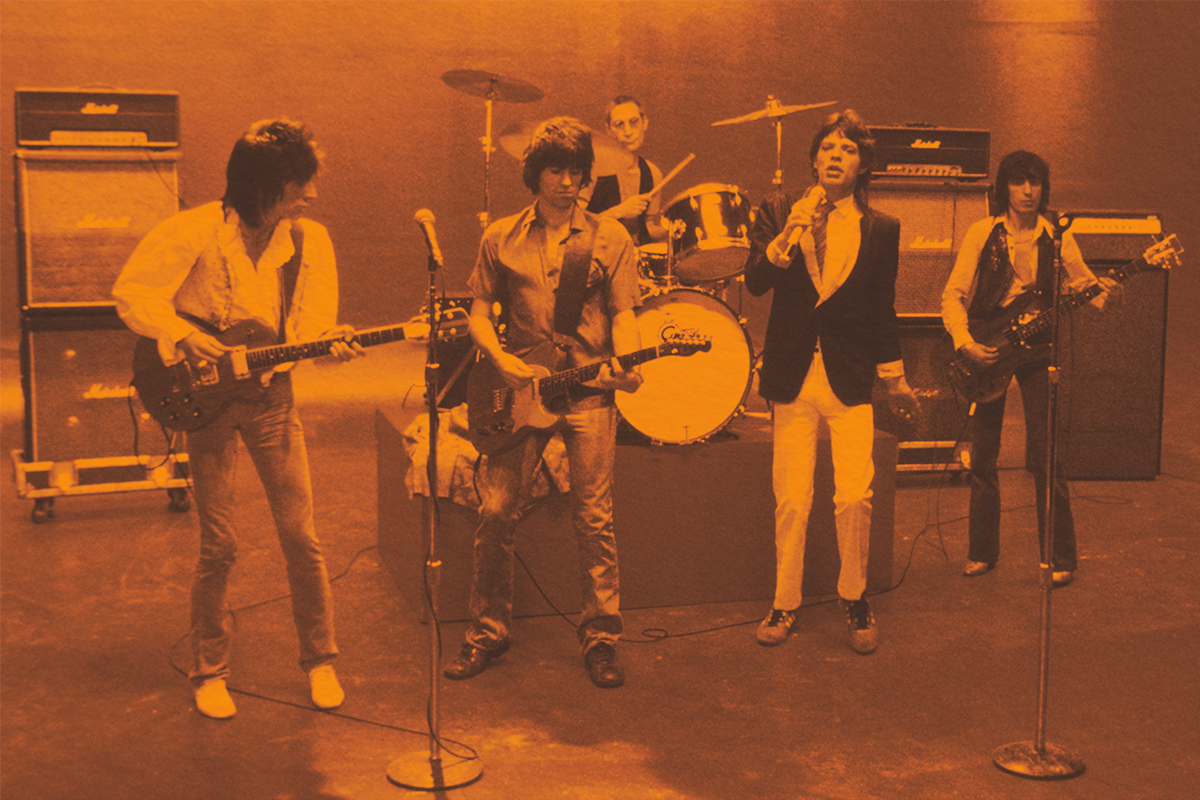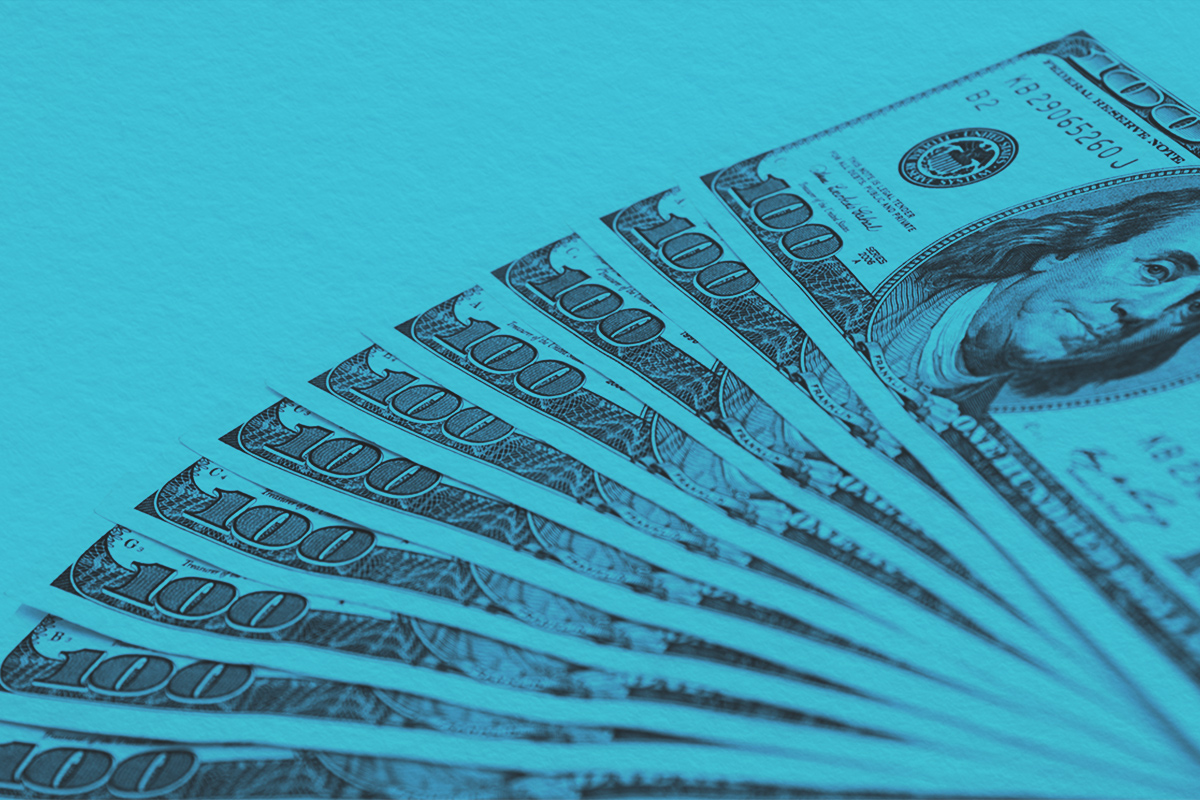
Bobby pins are an essential accessory for someone with long hair (or so I assume — I’ve been rocking short hair since ’90). These flexible little pins help keep wayward strands in place, and they can be plain or decorative and used as a super-stylish accessory in their own right. When it comes to the name “bobby,” you may be inclined to assume that it refers to a real person, perhaps the pin’s inventor. But actually, the name makes reference to the popular “bob” hairdo, which first rose to prominence in the 1920s.
According to the Online Etymology Dictionary, the word “bob” has been used as a verb meaning “to move up and down with a short, jerking motion” since the 14th century. By the 1570s, it came to refer to hair, though at the time it had to do strictly with horse hair. “Bob” meant “a horse’s tail cut short,” derived from the Middle English “bobbe,” meaning “cluster.” Around the year 1920, “bob” was used in the context of human hair, referring to an increasingly popular women’s hairstyle. This style, which cut the hair to around jaw length, was particularly popular in 1920s flapper culture.
Enter the bobby pin, which was created to keep bobs in place. It was invented by a cosmetics manufacturer named Luis Marcus, whose daughter said, “There was talk of naming it the Marcus pin … But he named it for bobbed hair.” The origins are as simple as that, though we say “bobby pin” today no matter the hairstyle it’s used for.






















